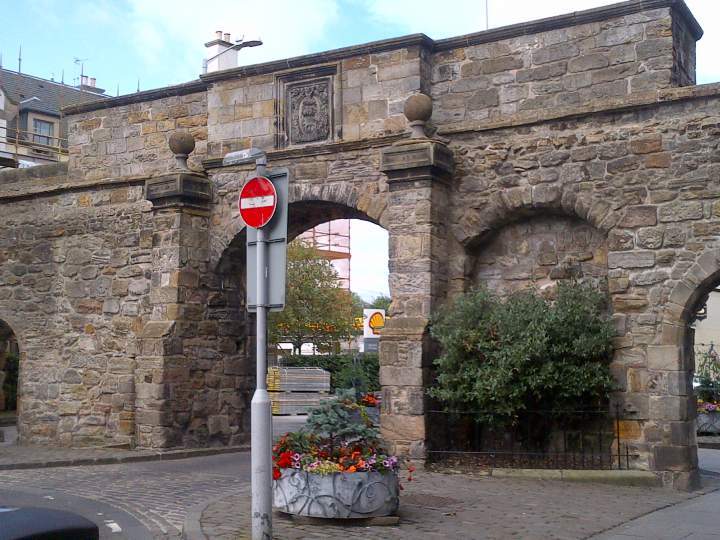West Port
West Port
During the late Middle Ages there were gateways across all the main roads into St Andrews. These marked the entries to the city and formed a public reminder of the transition from the countryside to the urban area of St Andrews (which, like other Scottish towns, had its own regulations and privileges). Apart from entries into the cathedral grounds, the West Port is the only one of the St Andrews gateways to survive. The current archway was built in 1589, replacing an earlier (and probably simpler) structure. It was modelled on the Nether Bow - one of the sixteenth-century gateways to Edinburgh. The redesigned West Port was built to a high standard with finely carved stonework. However, the project ran significantly over budget, and eventually cost almost twice as much as had originally been anticipated.
Street View
Additional Information
Location: Western end of South Street. Date Built: Sixteenth and nineeenth centuries.
The master mason who rebuilt the West Port in 1589 was called Thomas Robertson. He came from the nearby village of Blebo.
The towers have little rooms in them. When the West Port was rebuilt in 1589 the St Andrews burgh council insisted that it had a chimney!
The West Port was designed to be as high as the eaves of the houses on either side.
Although the West Port was the official entry to St Andrews there was in fact some development outside the gate. The suburb of Argyle lay to the west of the gateway. The modern name Argyll Street reflects the old name of this area.
